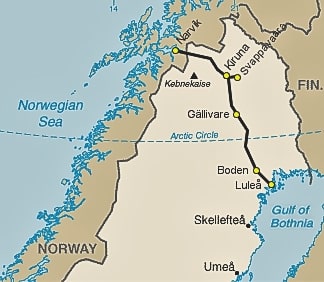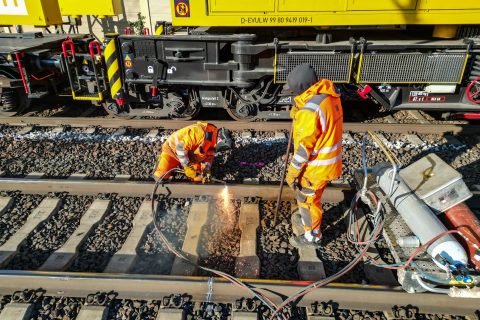Iron Ore Line to fully reopen this week after derailment

Traffic along the Iron Ore Line should fully restart on Thursday, 7 March, after a train derailed near Vassijaure, not far from the Sweden-Norway border, on 24 February. The particularity of this derailment is that it took place only four days after an adjacent section of the Line was reopened following another derailment in the area in December.
Worries of another long-term closure of the northernmost section of the Iron Ore Line, which leads to the Norwegian port of Narvik, were spreading. A first derailment took place on 17 December 2023, always near Vassijaure. This event led to the section connecting Sweden to Norway being closed until 20 February 2024. Given the timing of the second derailment, the Swedish police are investigating it as possible sabotage. The new reopening date was made available by LKAB, a Swedish mining company and one of the main users of the line.
As its name gives away, the line is mainly used to transport iron ore from LKAB’s various mines to either Narvik in Norway or Luleå in Sweden. LKAB has been involved with the Swedish transport administration Trafikverket to make sure that the line can reopen safely. It will in fact test the reconstructed track with a loaded iron ore train before traffic can be fully reinstated. The first derailment involved a fully loaded train, which derailed destroying parts of the Kopparåsen-Vassijaure section. The second train, this time empty, derailed a little more to the north, between Vassijaure and Katterjokk.

Also read:






If not, by an act of unfriendly, as well this latest derailment, simply just was “business as usual” – and to be recorded, an “accident”. (Still, Malmbanan is one of four top priority Swedish railway tracks and duly afforded max and costly maintenance, etc., etc…)
Regardless which, Problem remains. Track standard was not meant for current load. A shift is needed, to a sustainable, a safely calculable, a resilient and redundant, a New Old Railway!